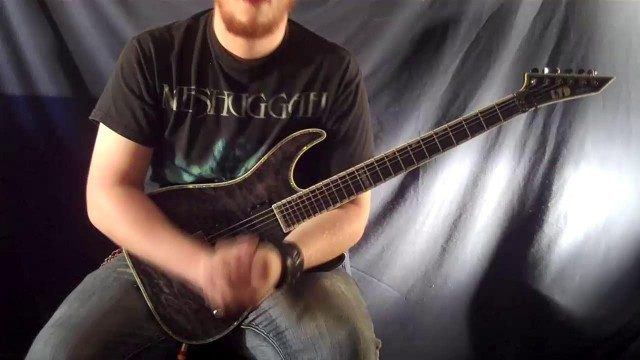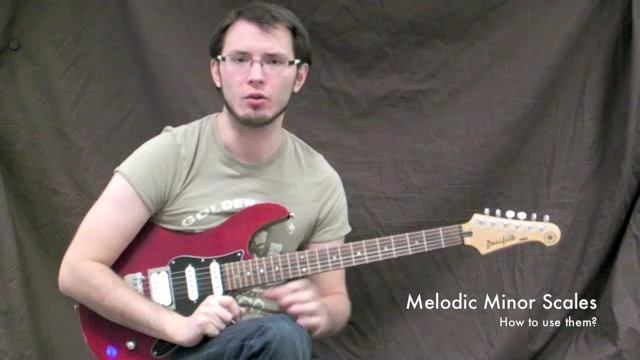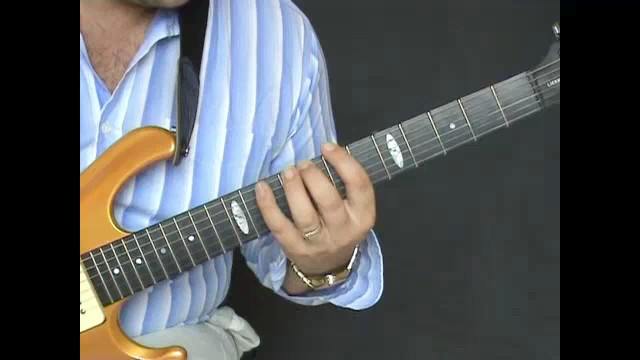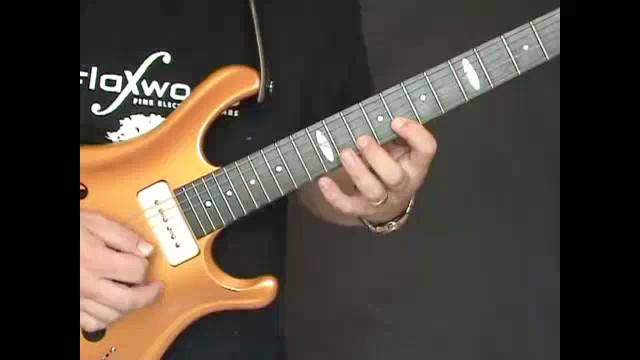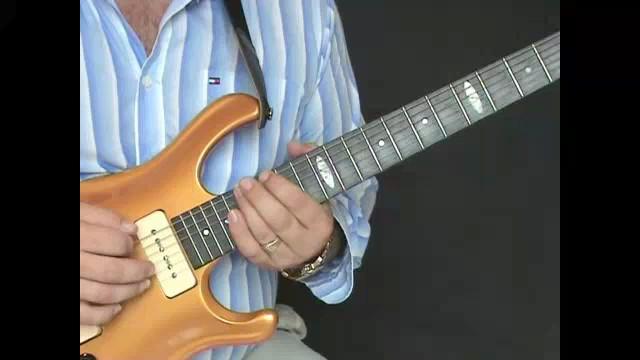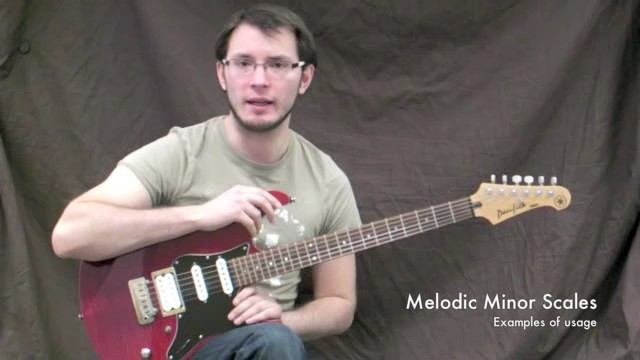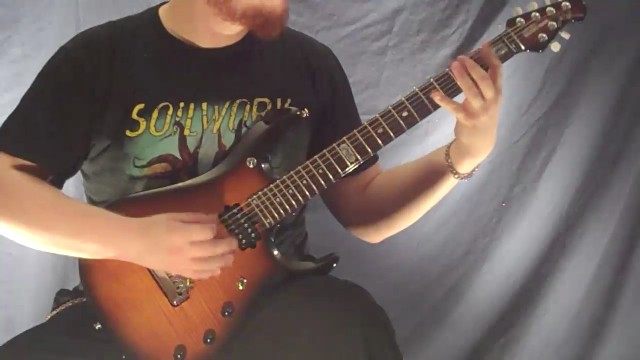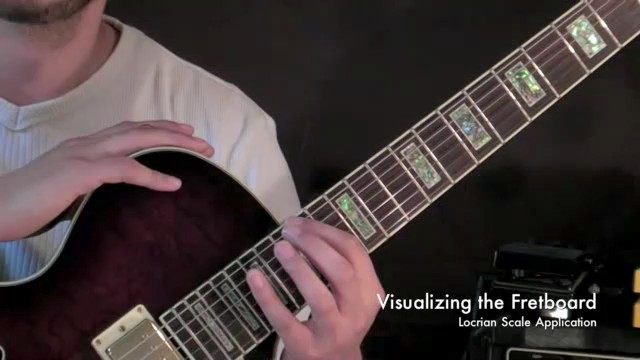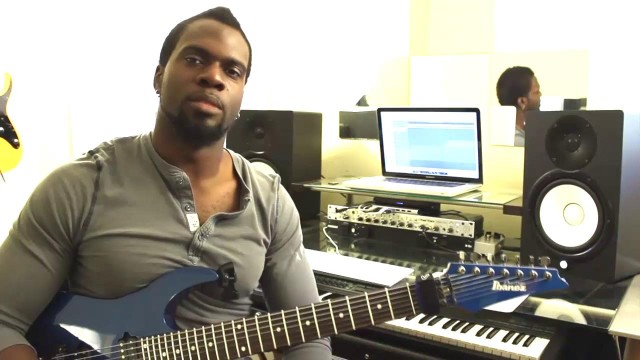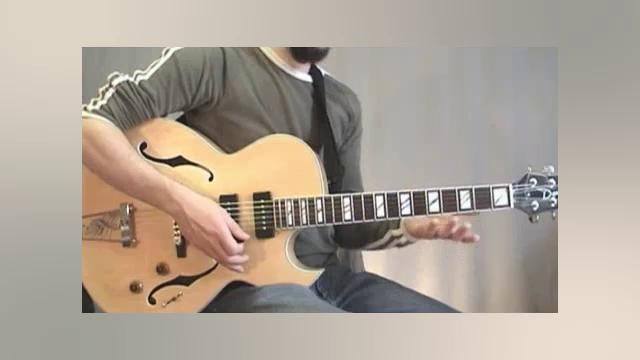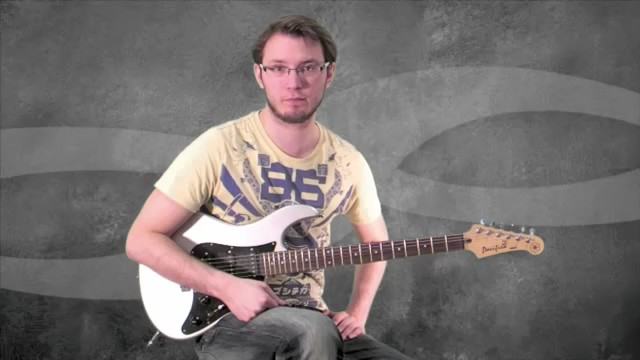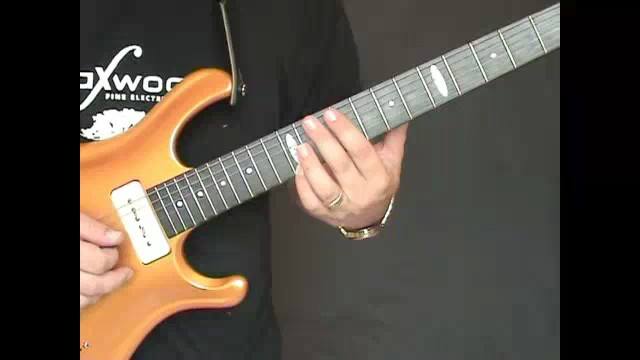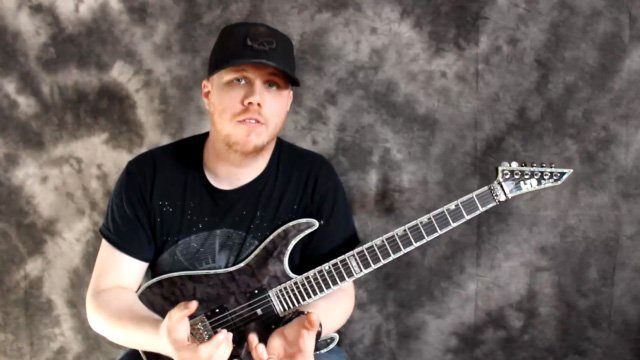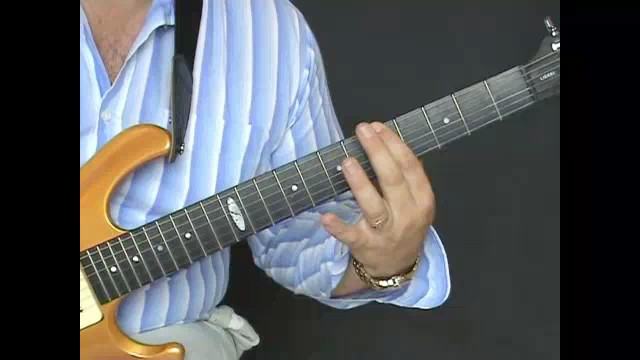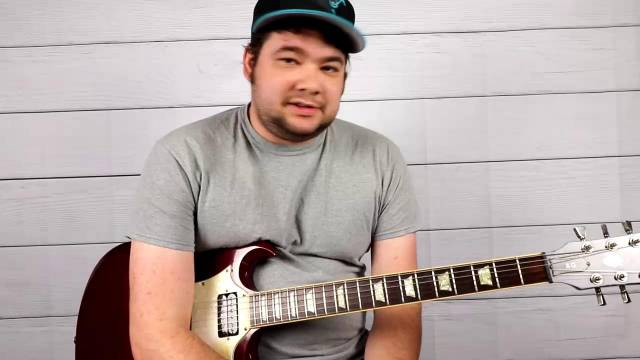What are symmetrical scales?
Quite simply it is a scale that appears visually symmetrical.
Consider a Major scale. This scale is generally played in 5 or 7 different positions. Each position has its own unique fingering pattern. The Half Whole Tone scale ( aka Diminished scale ) on the other hand, can be summarized into one single pattern. This pattern/shape can then be moved up or down accordingly to play the same scale in different positions.
Look at the diagram. The first fretboard image ' G Dim scale ' shows the only pattern you will be needing for this scale. If you move this whole shape up 3 frets (3 semi tones) you will be playing an inversion of the same scale. Fundamentally it's the same scale. It will still contain all the same notes as before, simply in a new order. You may want to think of it in the context of the C Ionian mode, compared to A Aeolian. Same fundamental scale, different root note. Only with this scale the pattern remains the same no matter what 'mode' your playing. Even though, technically, the Diminished scale has no modes. Lets have a look at the Formula.
Half Whole Tone ( Diminished ) scale
1 - 2 - b3 - 4 - b5 - #5 - 6 - 7.
G - A - A#/Bb - C - C#/Db - D#/Eb - E - F#/Gb
As you can see, the scale is moving in Whole step and Half step intervals. Hence 'Whole Half Tone' scale.
- W - H - W - H - W - H - W - H.
G - A - A#/Bb - C - C#/Db - D/#Eb - E - F#/Gb
Because of the inherent repetition in the scale. It makes no difference if we start on the 1st, b3rd, b5th or 6th degree of the scale because we know the next interval will be a Whole step away, then a Half step then a Whole step ect...
The most beautiful thing about this scale in my mind is that once you learn this one shape. You automatically have 4 scales under your belt.
G - Whole Half Tone
Bb - Whole Half Tone
Db - Whole Half Tone
E - Whole Half Tone
The green dots in the diagrams are showing the Root note of the scale. Both images are of the same scale in different positions, the only difference is I have highlighted one as a G scale and one as Bb. Either scale can be played in either position since they are of course the same scale.
But if you were to line the root note up with an F for example, you will then be playing the F, Ab, Cb and D Whole Half Tone scales. The only real consideration you need to make is that when you are playing over a chord or set of changes, you should be mindful of which scale you are 'meaning' to play. So remember that even though this one scale is actually 4 scales within one another, each has its own purpose and should be treated as a separate scale to the others.
Practice the scale exercise and familiarize yourself with it over the entire fretboard. Move the pattern up or down one semitone to achieve all the other possible Whole Half Tone/ Diminished scales.
There is a backing track connected to this tutorial for you to play the scale over.
 |











